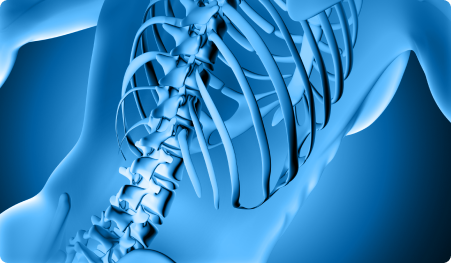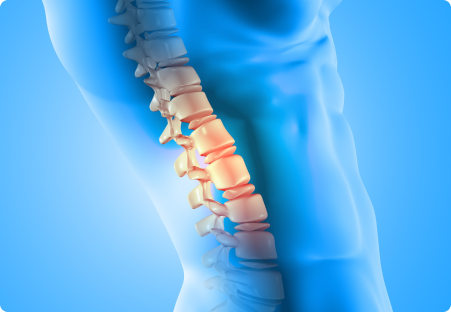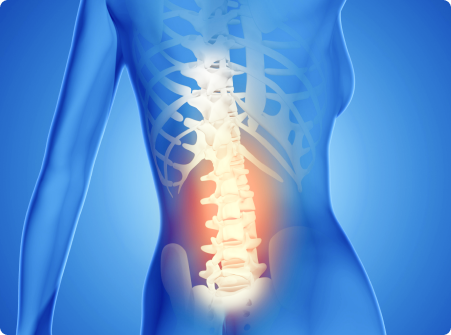What is an acute lumbago?
Lumbago Is a sharp and sudden pain appearing while doing a harmless everyday movement, very often combining flexion and rotation. Its underlying cause is an acute contraction of muscles of the spine. Even though in can be very painful it is a benign condition.
If this type of acute pain appears in older people a compression fracture of a vertebra must be considered.


